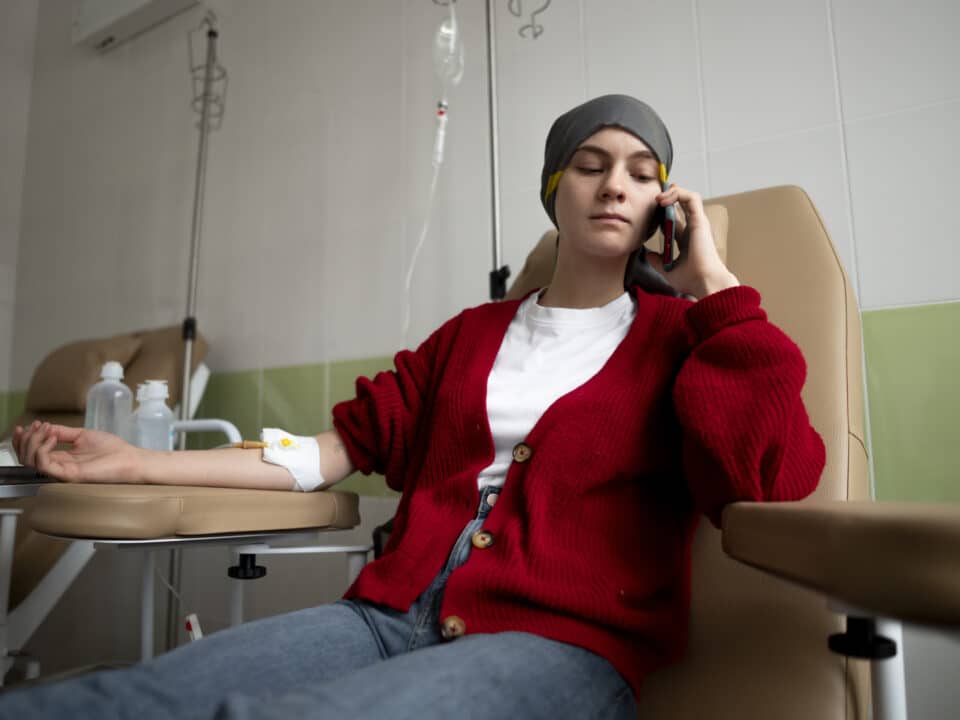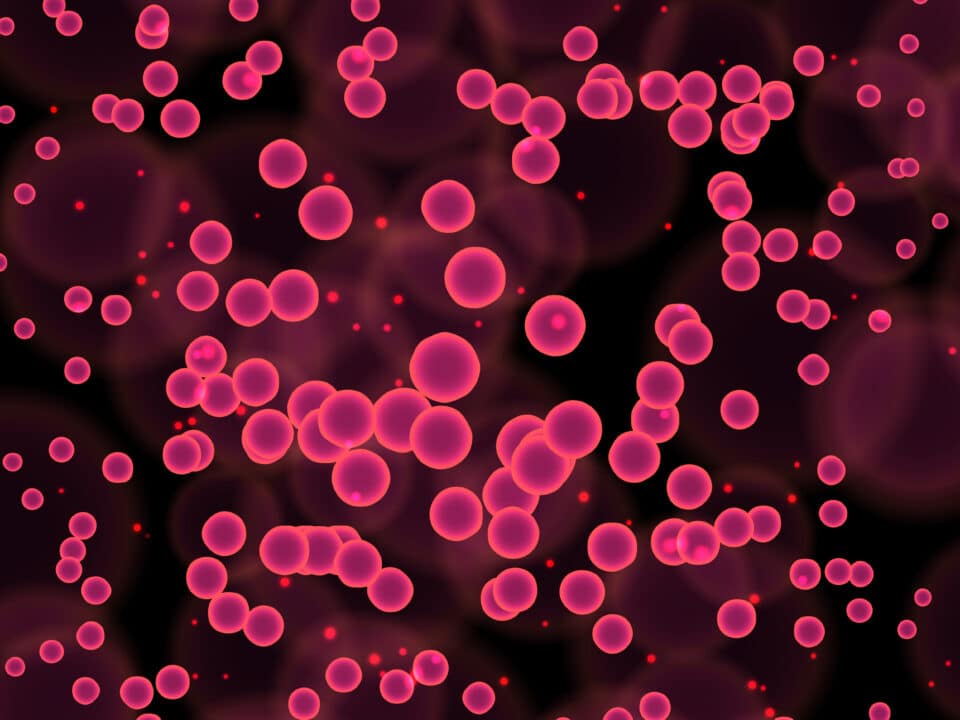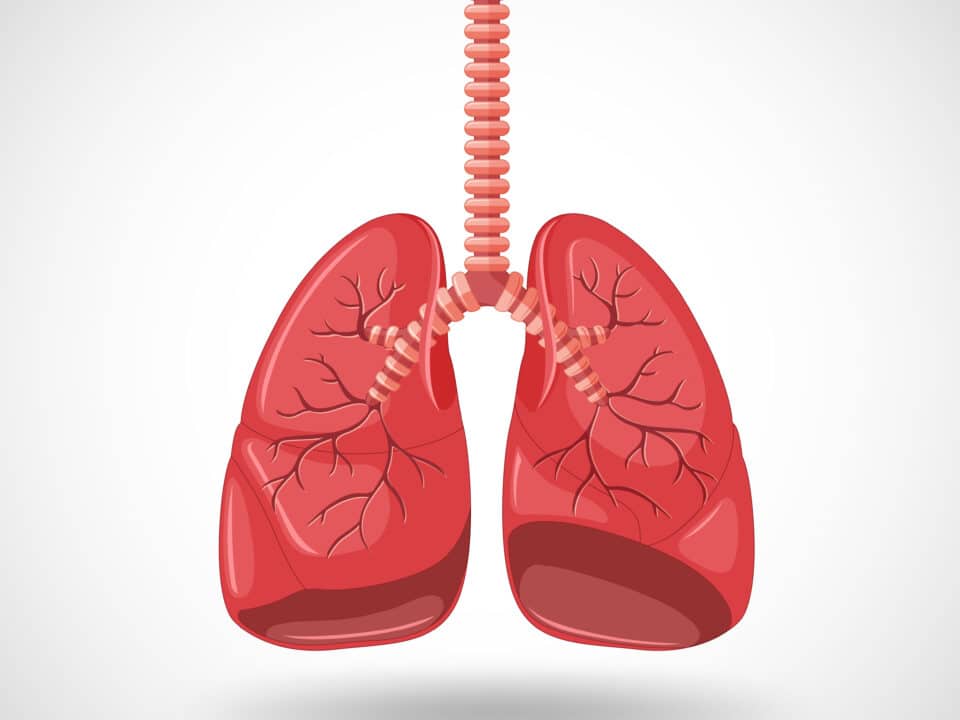- Immediate contact :
- +1-323-988-5889
- info@sifveinfinder.com
The use of vein finders with Polycythemia
April 19, 2021Platelet-Rich Plasma (PRP)
May 26, 2021Hemochromatosis is an iron overload condition in which the body accumulates too much iron. “Iron overload,” as it’s sometimes known. The body consumes so much iron from the foods we consume in hemochromatosis, and it has no chance of getting rid of it.
Thus, extra iron is stored in the joints and organs such as the stomach, heart, and pancreas. They suffer as a result. Hemochromatosis can cause organs to stop functioning if it is not treated.
The two forms of hemochromatosis are primary and secondary:
* Primary : also known as hereditary hemochromatosis, usually results from genetic factors. Usually, a person with hereditary hemochromatosis inherits a copy of the defective gene from each parent. However, not everyone who inherits the genes develops the illness.
* Secondary : occurs when a buildup of iron stems from another medical condition, such as erythropoietic hemochromatosis. In this disease, the red blood cells release too much iron into the body because they are too fragile.
The main medical treatment of this condition is phlebotomy. Indeed, there are 2 main stages to treatment:
* Induction: blood is removed frequently (usually weekly) until iron levels are normal; this can sometimes take up to a year or more.
* Maintenance: blood is removed less often (usually 2 to 4 times a year) to keep iron levels under control; this is usually needed for the rest of life.
Vein finders are necessary in this case to make the whole procedure easier and smoother since repeated injection of needles can be very uncomfortable and cause harm to the veins.
The FDA Portable Vein Detector SIFVEIN-5.2, for example, has a decently adjustable brightness, allowing doctors and nurses to adjust the image brightness based on the illumination in the room and the patient’s skin tone.
It uses infrared technology that interacts with the blood colour and illuminates the veins beneath the skin surface, making a visible vein map on the patient’s hand and arm.
Using SIFVEIN-5.2 to support phlebotomy in the treatment of Hemochromatosis can help to avoid complications in patients that have signs or organ injury. Furthermore, the use of a vein finder will assist the phlebotomist, doctor, or nurse in quickly locating the vein, avoiding any potential misdiagnosis and further preventing inconvenience and pain to the patient.
References: Treatment Hemochromatosis, Clinical applications of therapeutic phlebotomy, What is hemochromatosis?,
Disclaimer: Although the information we provide is used by different doctors and medical staff to perform their procedures and clinical applications, the information contained in this article is for consideration only. SIFVEINFINDER is not responsible neither for the misuse of the device nor for the wrong or random generalizability of the device in all clinical applications or procedures mentioned in our articles. Users must have the proper training and skills to perform the procedure with each vein finder device.
The products mentioned in this article are only for sale to medical staff (doctors, nurses, certified practitioners, etc.) or to private users assisted by or under the supervision of a medical professional.




